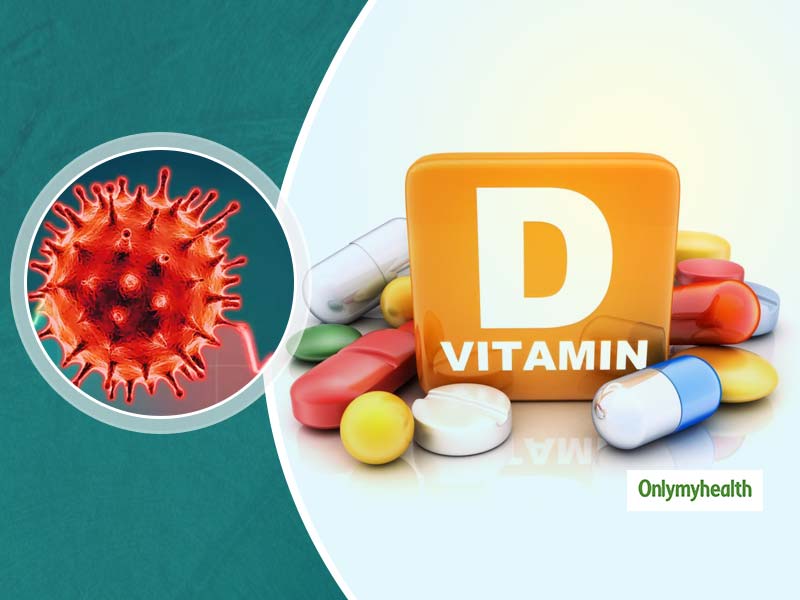
Our ancestors practiced surya namaskar, surya aragya, sun bathing, house chores like grinding spices, husking rice with mortar and pestle, crushing grain with stone pestle, winnowing rice or rolling cow dung cake for fuel in the verandahs facing the sun, infants were given massages and soaked in the sun. These practices make us believe that our ancestors had immense knowledge of lifestyle and its issues effecting health. Migration from rural villages to cities or a shift from traditional practices to modern lifestyle practices have made us depend on oral supplementation of vitamin D. There are few things which mother nature has given us free and one of them is vitamin D.
Table of Content:-

Also Read: Build Your Immunity With These 3 Anti-Inflammatory Recipes By Dr Bathwal
Vitamin D has been linked with strong immunity, decrease in insulin resistance, lower rates of depression and anxiety, reducing some cancers as it helps in calcium absorption, join pain, osteoporosis, dry eyes and many other health conditions. Even in COVID-19 pandemic, researchers have found a link between high mortality rates in people who are deficient in vitamin d and have been protective for respiratory tract infections. So yes, serum vitamin D levels have a strong association in building immunity.
Vitamin D cannot be synthesized in our body without UV rays. When these rays are absorbed into our skin, it converts it into a pre vitamin D 3 (an inactive form) which further in the liver and kidney is converted into active form of Vitamin D. Following are some deficiencies of Vitamin D:

Excess vitamin D is toxic for the body. Hence a blood range between 60nmol/ l – 100nmol is considered adequate. It must be noted that melanin (which gives colour to our skin) reduces the absorption of UV rays. The amount of vitamin D our skin makes depends on various factors, including the time of day, season, latitude and your skin pigmentation. Depending on where we live and our lifestyle, vitamin d production might decrease or vary. The best time in Northern India during summers in to soak up the sun before 9:30 am, with your bodies back facing the sun. This is advised considering absorption is faster while facing the back towards the sun and not your face. Wear a protective clothing like cotton. The absorption of UV rays can be completely absent during the winter months. Sunscreen, while important, also can decrease vitamin D production.
Consumption of fat in a meal helps in the absorption of any oral supplementation of vitamin D3 as vitamin D is a fat soluble vitamin. Foods which are rich sources of vitamin d are sea greens like sea weeds, algae, spirulina, cod liver oil, any oily fish, egg yolks and foods which are fortified with vitamin D like milk, cheese, orange juice, breakfast cereals. Do you know fishes get their vitamin d from the sea greens.

Also Read: Protein Myths Busted By Dr Swati Bathwal
On an average elderly needs 800 IU, infants need 400 IU and 1 year – 50 years – 600 IU per day, An oral supplementation of Vitamin D3 supplement with 1000 IU per day is considered safe. However, Please consult your physician on dose recommendation of vitamin D. Please note excess consumption of Vitamin D orally can be toxic. There could also be underlying health issues.
Read more articles on Healthy Diet
How we keep this article up to date:
We work with experts and keep a close eye on the latest in health and wellness. Whenever there is a new research or helpful information, we update our articles with accurate and useful advice.
Current Version